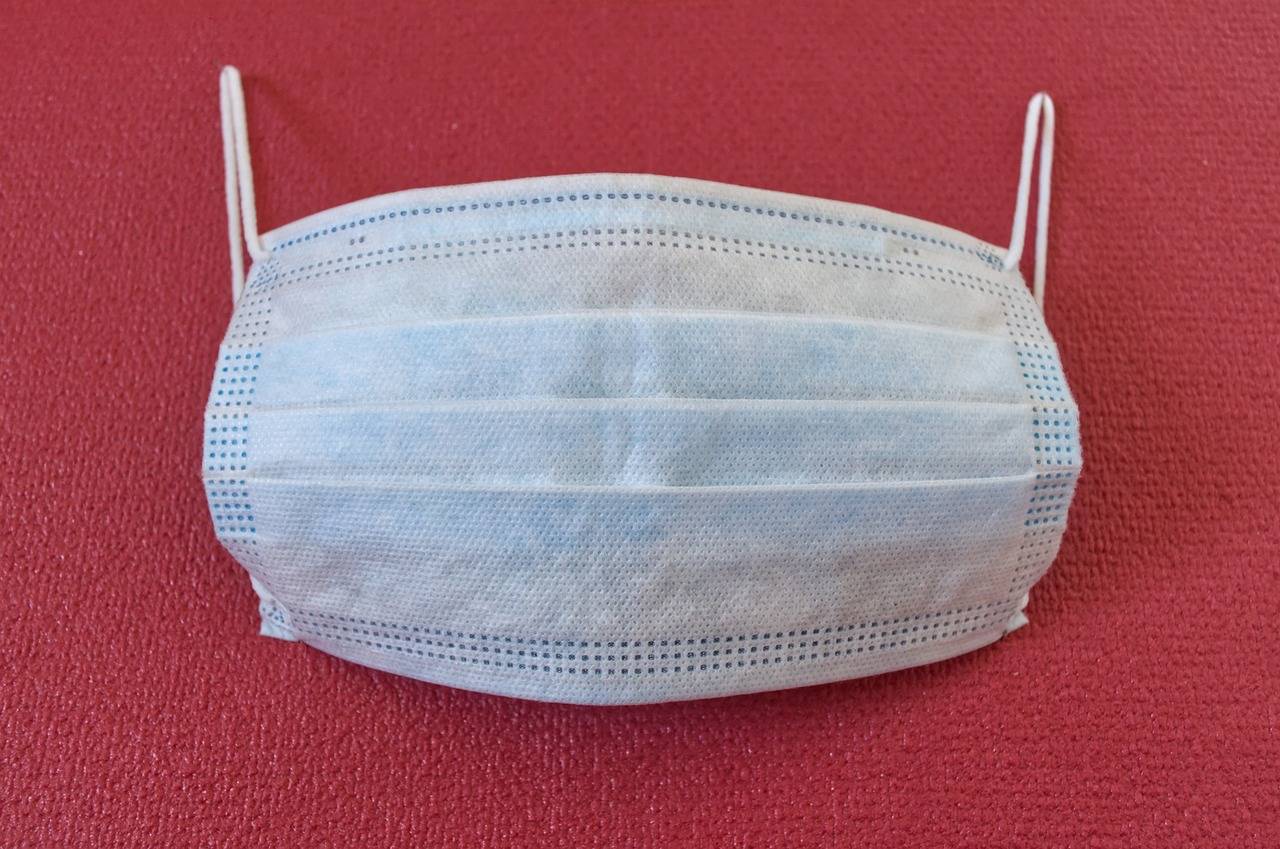The Benefits of Massage Therapy for Stress Relief
In the midst of our fast-paced lives, finding moments to unwind and embrace physical relaxation is crucial for our overall well-being. Taking the time to focus on releasing tension in the body can have profound effects on both our physical and mental health. By intentionally engaging in activities that promote relaxation, such as deep breathing exercises or gentle stretching, we provide our bodies with the opportunity to destress and rejuvenate.
Physical relaxation not only allows us to unwind physically, but it also serves as a powerful tool to help us combat the negative impacts of stress. When we relax our muscles and let go of tension, we are signaling to our bodies that it is safe to calm down and enter a state of restoration. This reduction in stress can lead to improved sleep quality, enhanced cognitive function, and a greater sense of overall contentment in our daily lives.
Muscle tension release
When it comes to releasing muscle tension, incorporating relaxation techniques into your daily routine can be highly beneficial. Activities such as deep breathing exercises, progressive muscle relaxation, and gentle stretching can help alleviate the tightness and discomfort in your muscles. These practices not only promote physical relaxation but also contribute to an overall sense of well-being.
In addition to relaxation techniques, regular physical activity can play a key role in releasing muscle tension. Engaging in activities such as yoga, Pilates, or swimming can help stretch and strengthen your muscles, reducing the likelihood of tension build-up. Prioritizing movement and exercise in your daily schedule can be an effective way to keep your muscles supple and relaxed.
How can physical relaxation help release muscle tension?
Physical relaxation techniques such as deep breathing, progressive muscle relaxation, and gentle stretching can help to reduce muscle tension by promoting blood flow and decreasing stress levels in the body.
What are some signs of muscle tension that I should look out for?
Signs of muscle tension may include stiffness, tightness, soreness, and pain in the muscles. You may also experience limited range of motion and difficulty performing everyday tasks.
How often should I practice muscle tension release techniques?
It is recommended to practice muscle tension release techniques on a regular basis, such as daily or a few times a week, to effectively reduce muscle tension and promote relaxation.
Are there any specific exercises or stretches that can help release muscle tension?
Yes, exercises and stretches such as yoga, Pilates, foam rolling, and massage therapy can help release muscle tension and improve flexibility. It is important to consult with a healthcare professional or fitness instructor to determine the best exercises for your specific needs.
Can muscle tension release techniques help with chronic pain conditions?
Muscle tension release techniques can be beneficial for managing chronic pain conditions by reducing muscle stiffness and improving overall relaxation. However, it is important to consult with a healthcare provider for a comprehensive treatment plan.





